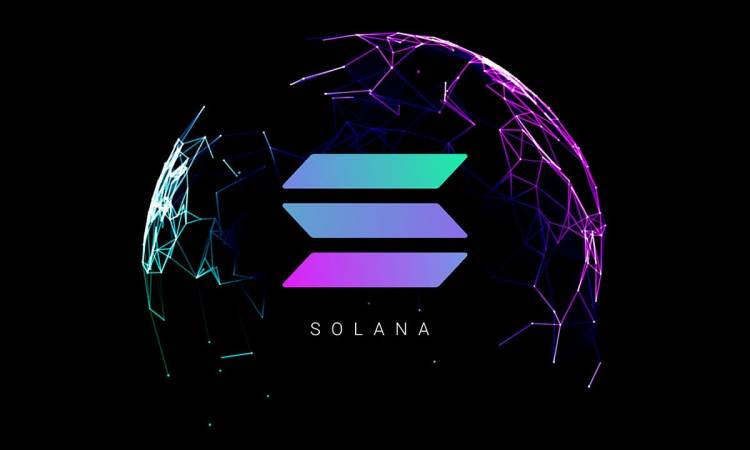Reason to trust

How Our News is Made
Strict editorial policy that focuses on accuracy, relevance, and impartiality
Ad discliamer
Morbi pretium leo et nisl aliquam mollis. Quisque arcu lorem, ultricies quis pellentesque nec, ullamcorper eu odio.
The Bitcoin data parsing protocol TerpLayer announces the release of its BTC-native stablecoin – TPUSD for July 2024. As a premier, the Bitcoin-native stablecoin is pegged 1:1 to other Ethereum-based stablecoins such as USDT and USDC.
In addition, the stablecoin issued is the first BRC20 stablecoin, highlighted by trading bitcoin on the Bitcoin blockchain.
Why TPUSD on Bitcoin?
With inscriptions, runes, and BTCLayer2, the Bitcoin ecosystem is flourishing, transitioning from “digital gold” to a broader “Bitcoin ecosystem.” Despite its growth, a notable gap in the ecosystem is the absence of a mature stablecoin and lending infrastructure, reminiscent of the DeFi boom on Ethereum, where the Bitcoin ecosystem notably lags.
Notably, there is yet to be a widely recognized native stablecoin on the Bitcoin network, with its strength and potential still untapped. As BTC Layer 2 solutions advance, the demand for stablecoins within the ecosystem becomes urgent, with these stablecoins poised to act as catalysts for growth in the Bitcoin DeFi sector by unlocking liquidity on the main chain.
Against this backdrop, TPUSD emerges, designed to meet this market demand. It has the potential to bridge the gap in the Bitcoin ecosystem and drive its evolution towards a more complete financial system.
BTC Analytics Protocol TerpLayer to Launch the First BRC20 Stablecoin TPUSD on BTC, Enabling BTC Transactions on the Bitcoin Network.
How Does It Work?
The issuance of TPUSD consists of four steps: Creation, Issuance, Acceptance, and Destruction.
Both the creation and destruction are managed by multi-signature processes. The Tokens generated are held in the TPUSD vault and do not circulate until an equivalent amount of US dollars/fiat currency is deposited by users, after which they are issued into the market.
The Tokens accepted for redemption are also kept in the TPUSD vault either to be reissued based on market demand or to be destroyed.
Typically, once Tokens are created, TPUSD announces the issuance publicly through Twitter.
After being issued as an ERC20 stablecoin pegged 1:1 with other EVM-compatible stablecoins, TPUSD is then cross-chain converted into a BRC20 version of TPUSD using the TerpLayer BRC20 Adapter.(The TerpLayer BRC20 Adapter testnet is now live and will soon be launched on the mainnet.)
The Team
The TerpLayer team has been connected to the digital cryptocurrency field since 2016 and is comprised of elite developers with extensive experience in Bitcoin (BTC) technology. The team has participated in various projects built on the Bitcoin protocol stack, including Dogecoin and early iterations of Quantum Chain.
They continue their research with a focus on optimizing communication and improving network stability among the nodes having gained a comprehensive grasp on the Bitcoin infrastructure, including the research and optimization of the BTC mining infrastructure.
Recently, the team announced they have begun the Testnet phase for their groundbreaking BRC-20 to EVM bridge solution, which plays a key role in the TerpLayer Product infrastructure.
Contact
For more information about TerpLayer, please consult the following media links:
Website:https://terplayer.org/
Twitter: https://twitter.com/terp_layer
Telegram: https://t.me/+LkNaqJPFT3ozNDU1
Disclaimer: This is a paid release. The statements, views and opinions expressed in this column are solely those of the content provider and do not necessarily represent those of NewsBTC. NewsBTC does not guarantee the accuracy or timeliness of information available in such content. Do your research and invest at your own risk.



























